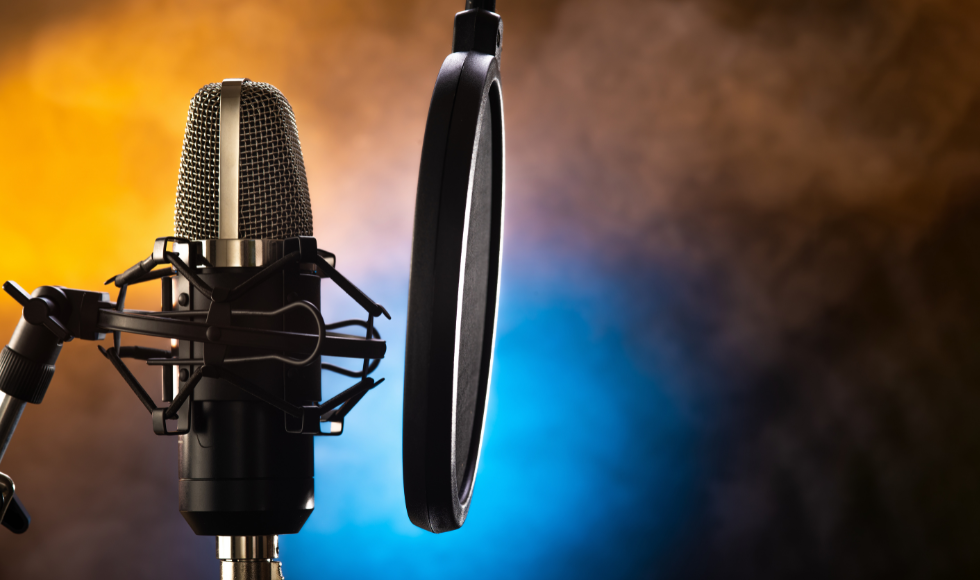Why we’re attracted to certain voices

Pitch is a critical factor in how attractive a voice is perceived to be, and average voice characteristics are not inherently appealing, McMaster researchers find.
BY Andrea Lawson
May 31, 2024
New insights into how people perceive the human voice are challenging beliefs about which voices we find attractive.
Previous studies have linked vocal averageness and attractiveness, finding that the more average a voice sounds, the higher it is rated in attractiveness.
However, average voice characteristics are not inherently appealing, McMaster researchers have found, so it may be beneficial to stand out from the crowd.
“Contrary to past studies, we discovered that averageness is not always more attractive. Pitch is a critical factor in attraction judgements, an insight that highlights the complexity of the way we perceive the human voice,” explained study lead Jessica Ostrega, who recently earned her PhD in Psychology, Neuroscience and Behaviour.
“Understanding this allows us to look at how specific features of a person’s voice affect the way we form impressions of others and interact with them.”
The findings are outlined in a study published this month in the journal Nature Scientific Reports.
Researchers used advanced voice morphing technology to blend multiple voices together to create average-sounding voices to use in their experiments. They asked participants to rate the attractiveness of those voices.
Vocal attractiveness refers to how beautiful or handsome a voice makes someone sound to a listener. The term goes beyond simple appeal to encompass characteristics that might influence romantic or sexual interest.
“This research contributes to a deeper understanding of the complex dynamics of human communication and attraction,” said David Feinberg, associate professor in the department of Psychology, Neuroscience and Behaviour, who oversaw the research.
The implications of the study extend beyond the academic realm into practical applications, Feinberg said.
“Understanding the nuances of voice perception can influence practices in industries such as marketing, media, and even technology design, where voice interfaces are becoming increasingly common.”


